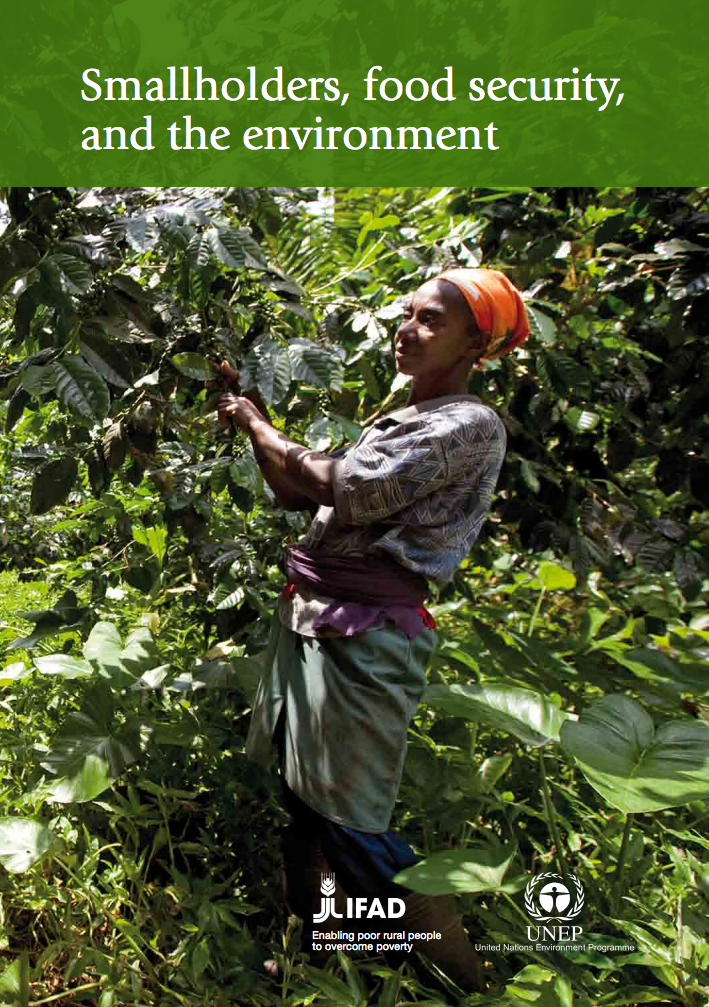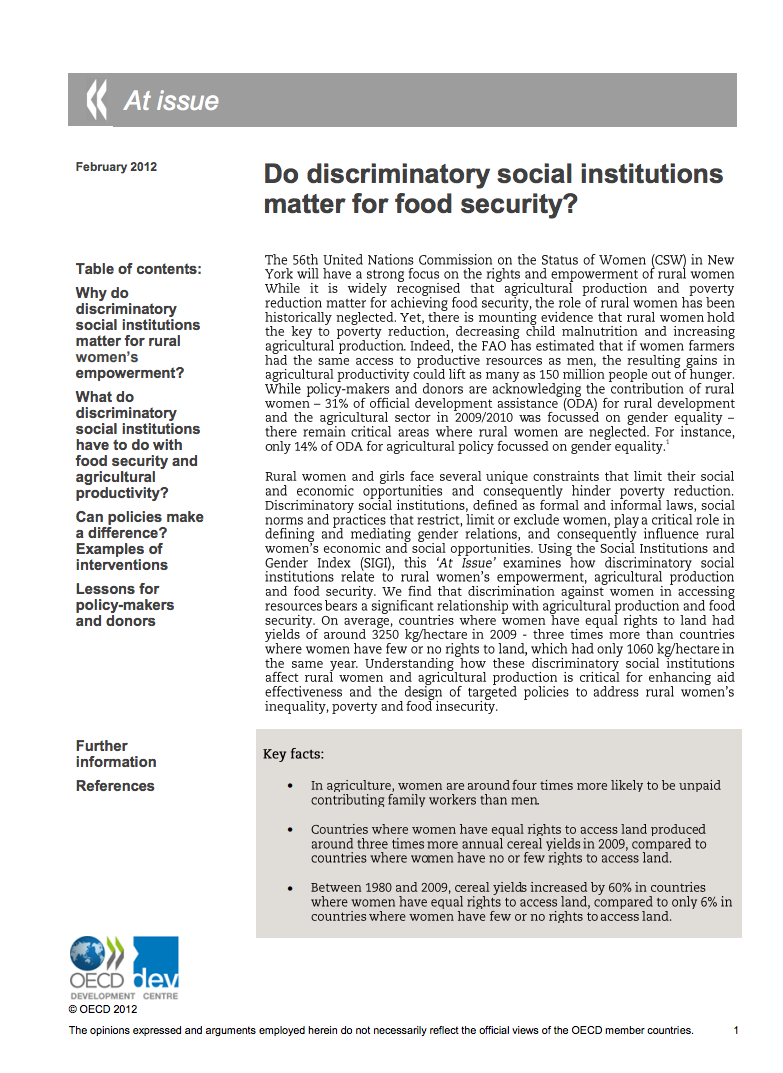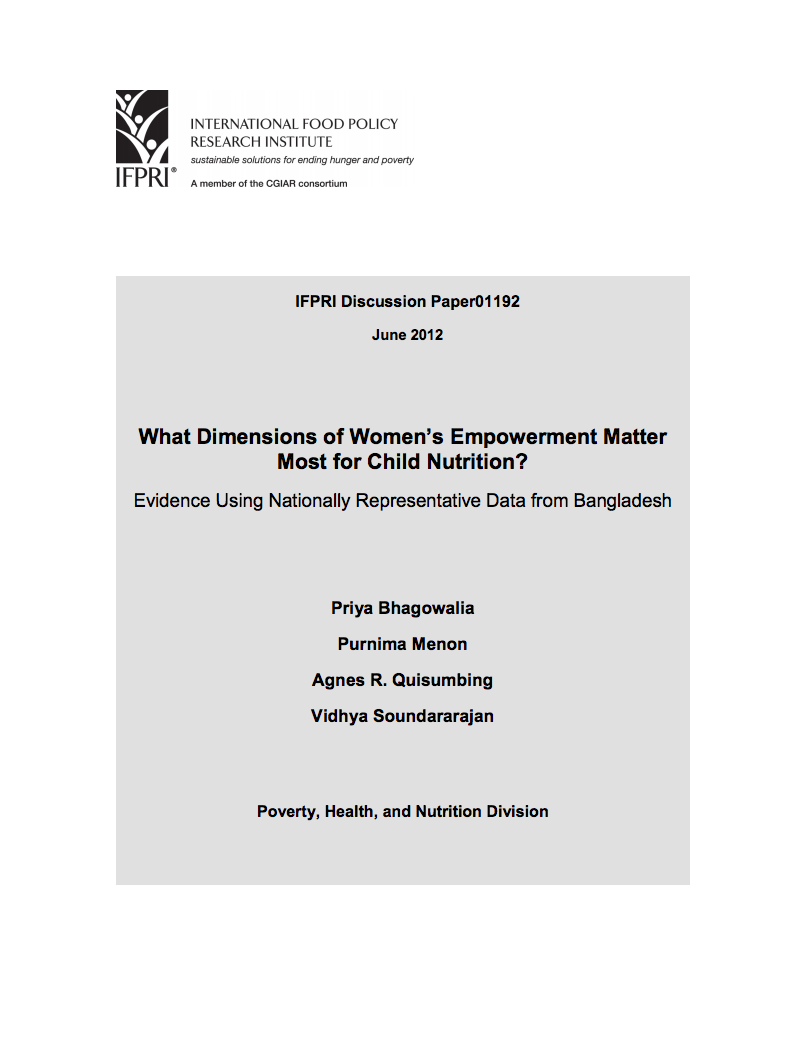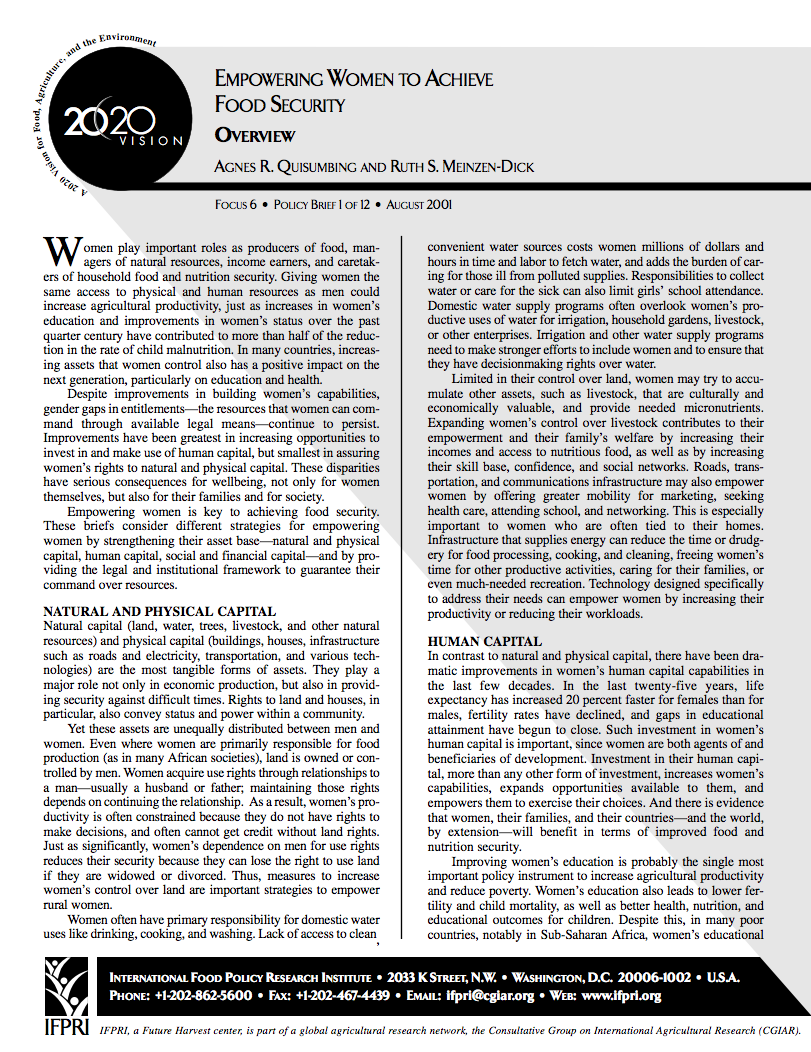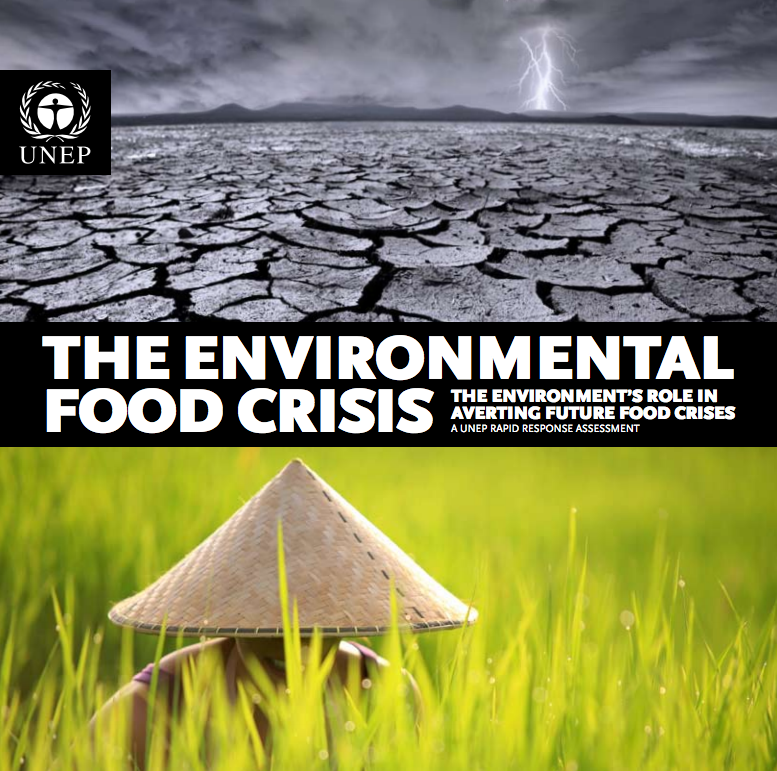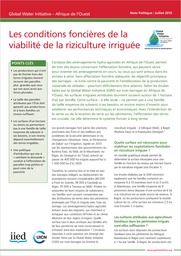Can Tanzania feed itself by 2050?: Estimating cereal self-sufficiency to 2050
Producing adequate food to meet global demand by 2050 is widely recognized as a major challenge, particularly for Africa south of the Sahara, including Tanzania (Godfray et al. 2010; Alexandratos and Bruinsma 2012; van Ittersum et al. 2016). Increased price volatility of major food crops (Koning et al. 2008; Lagi et al. 2011) and an abrupt surge in land area devoted to crop production in recent years (Grassini et al. 2013) reflect the powerful forces underpinning this challenge.



